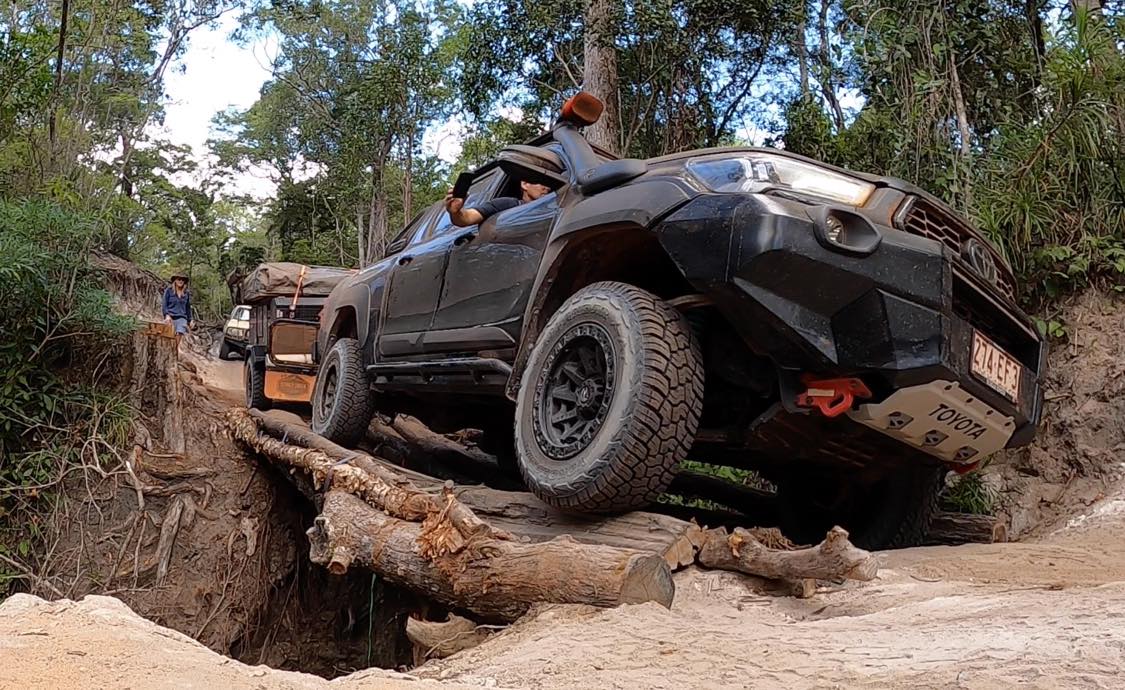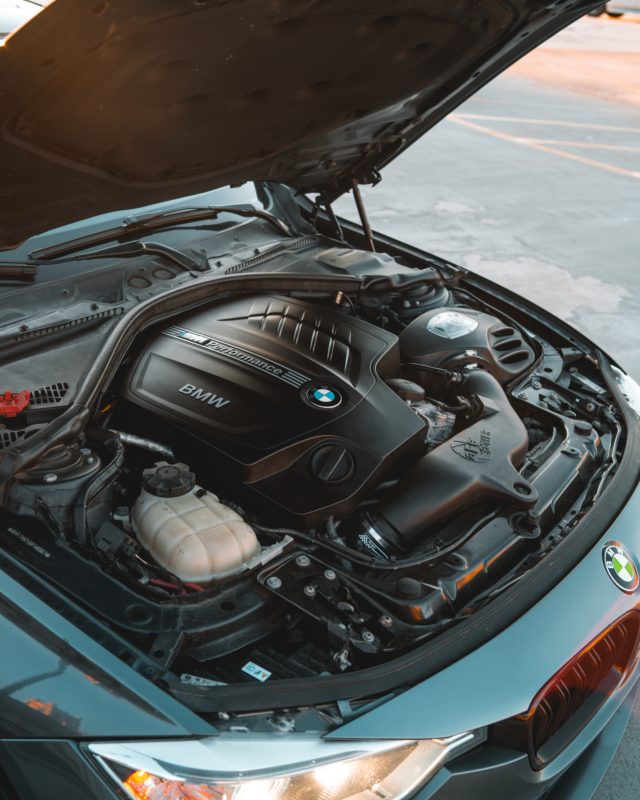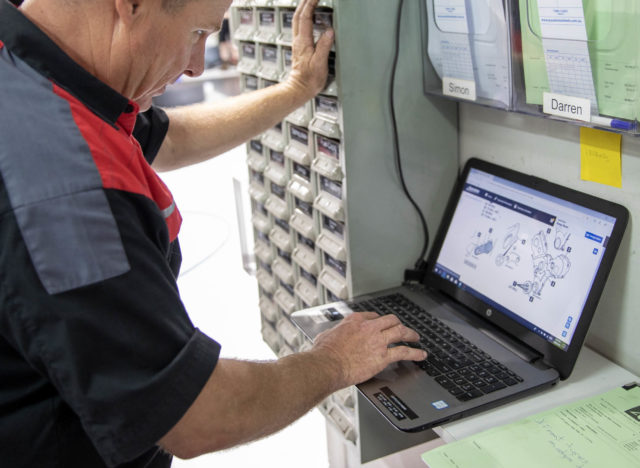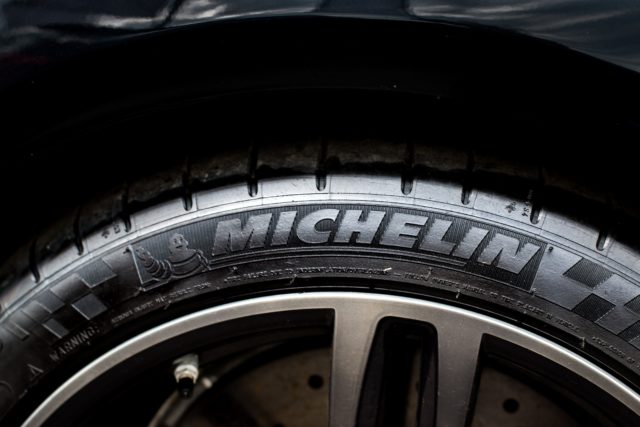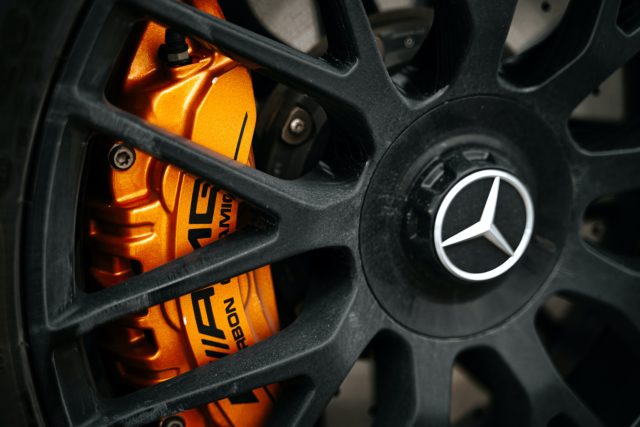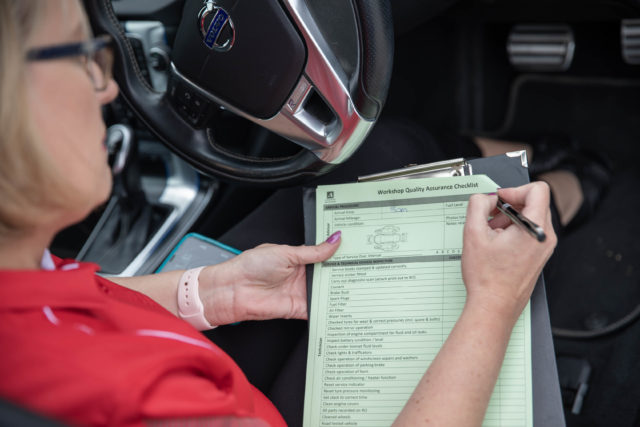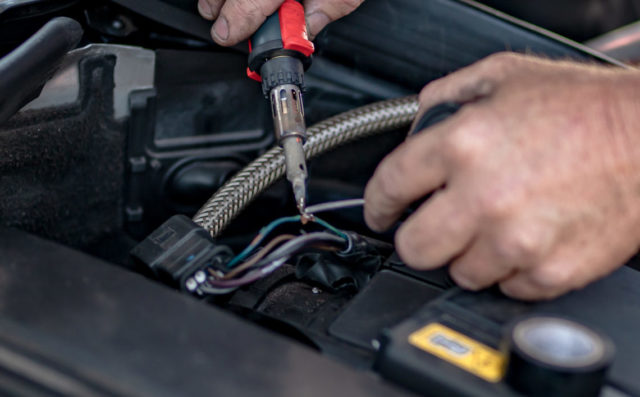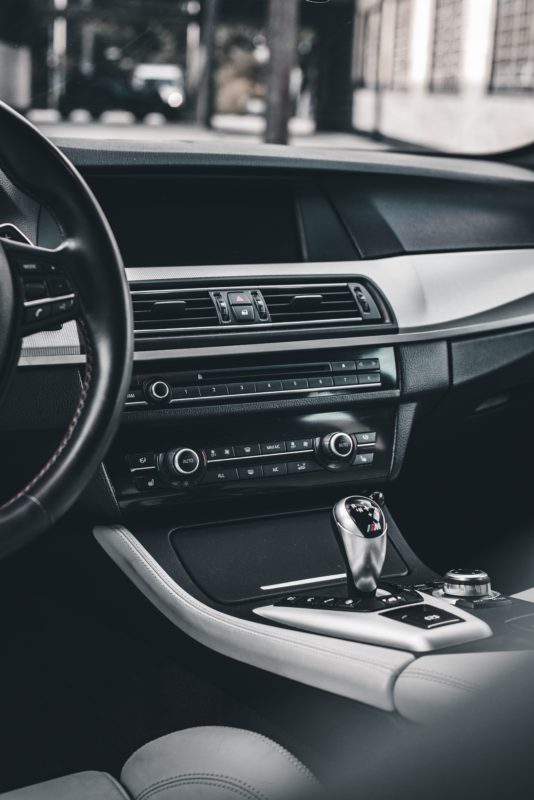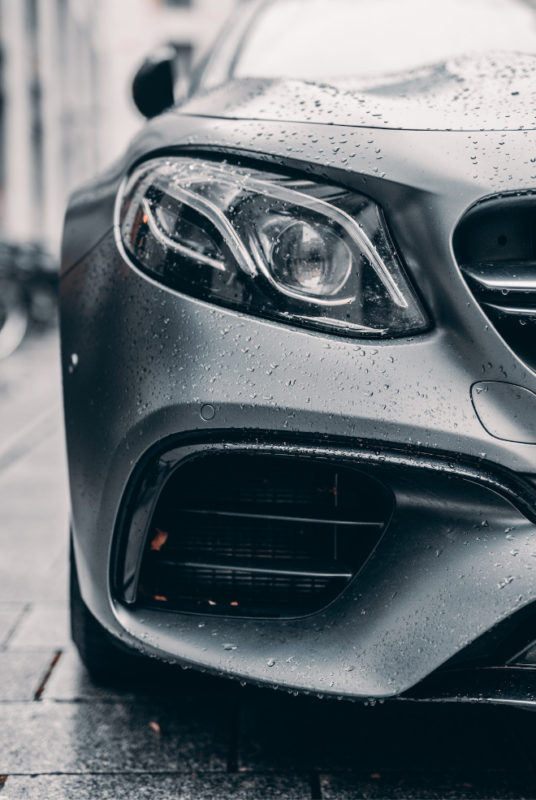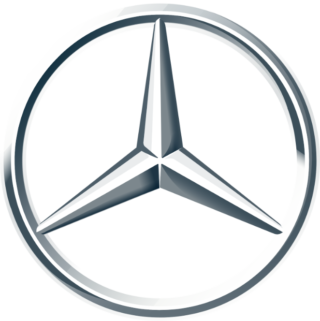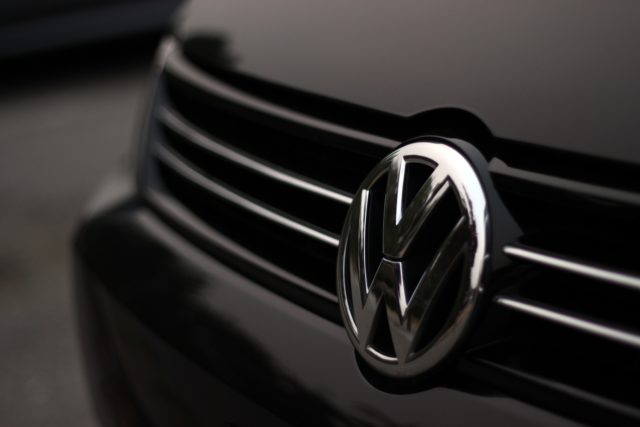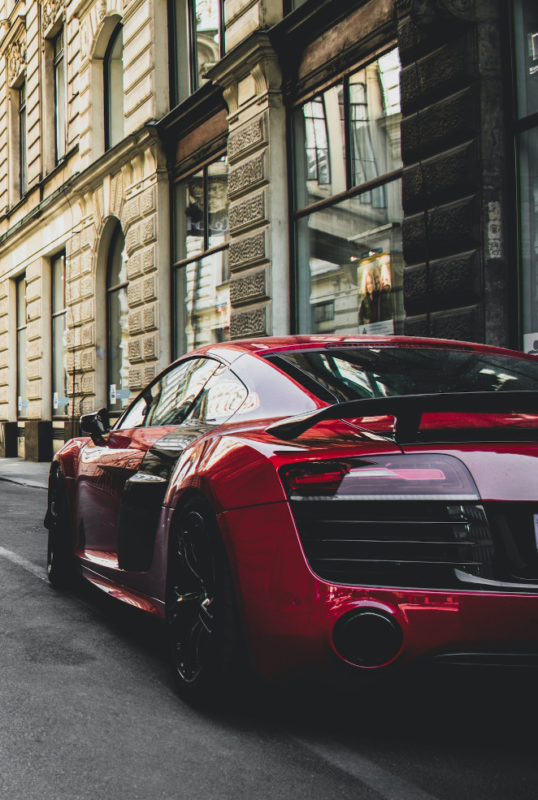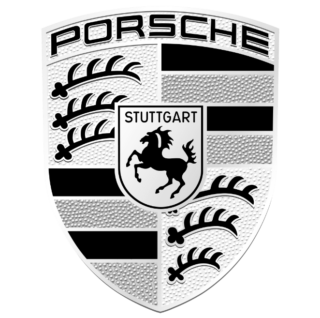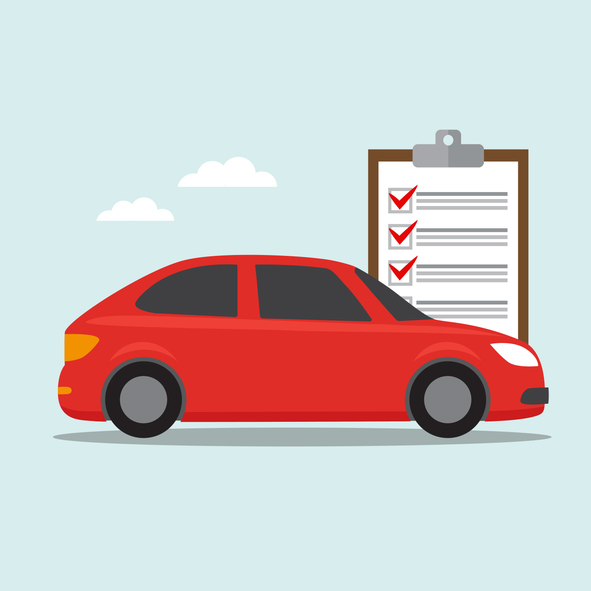
Your used car inspection checklist
Published
Got your eye on a used vehicle? Here's how to drive away with the peace of mind that you’re behind the wheel of your dream car by using our Used Car Inspection Checklist.
Buying a new car is one of the most important (and exciting!) purchases you’ll make in your lifetime. Some of us are fortunate enough to do it multiple times. But no matter if it’s your first or fifteenth when you’re forking out thousands of dollars, you’ll want to be sure you’re making the right decision.
While a used car may look as good as new, there are a number of things you can’t tell about a used vehicle just by looking at it. Or even driving it. Luckily for you, we’ve created a list of all the things you should check before signing on the dotted line when purchasing a second-hand car.
Used car inspection checklist
Alignment – To make sure the vehicle’s wheels are perfectly aligned, steer it onto a straight road during a test drive to check it doesn’t veer to one side.
Body and paint – Inspect the body for any noticeable marks such as dents, scratches, scuffs and hail damage, as well as misaligned or mismatched panels – these can be signs of a less than ideal vehicle history. Hovering a magnet just above the painted surface can also help you pick up any body filler that has been used to mask damage.
Check the vehicle in a light-shaded area to inspect for bodywork and paintwork imperfections.
Doors – Check that panels, doors, boot, and windows fit neatly and move smoothly.
Driving – Spend 15-20 minutes driving and stopping to ensure the car engages the park and drive functions without harsh clunks, as well as passing through gears smoothly. The brake pedal should also feel firm underfoot, and the engine should purr without interruption (aka doesn't shudder or pulse when stopping).
Engine – While you’re test driving the vehicle, listen out for knocking, clicking or thumping noises that could suggest engine problems. Double-check that it’s also quiet when parked or idle.
Engine oil - A quick flick through the service log book will reveal whether the vehicle has been serviced regularly. However, it pays to check that the dipstick shows a full supply of clean, honey-coloured (not black) oil. If you are unsure how to check this, ask the salesperson or the seller to show you.
Equipment – Some cars come with a lot of bells and whistles. Take some time to check that all accessories work, including the air-conditioning and heating, power windows and mirrors, audio system, cellular system, sat-nav, parking sensors and reversing camera.
Exhaust – Smoke and irregular knocking sounds can be a red flag that something is wrong with the exhaust.
Fluid leaks – Look under the bonnet and on the ground around the vehicle for signs of a fluid leak. These can indicate that the car has not received the TLC it needs and that the engine may require repairs.
Interior – A certain degree of wear and tear comes with any used car. To make sure you’re not missing anything excessive or out of the ordinary, inspect the seats, carpet, mats, headliner and interior plastics for stains, damage and cracks.
Lights – It always pays to bring another person with you to inspect a vehicle, particularly because it can be impossible to tell if every vehicle light is in working order without a second set of eyes. Check everything from cab and fog lights to high-beams, park, reverse and number plate lights.
Radiator – Once the engine is cold, remove the radiator coolant cap to double check the liquid is clean and bright in colour, and also check that the cooling fans are free from corrosion.
Seat-belts – While you might only buckle up in the driver’s seat during a test drive, be sure to check all seat belts extend and retract smoothly, lock into place easily, and are in good condition.
Tyres – Tyre condition is critical. Inspect the tread of each one (including the spare) to make sure they’re free from damage or uneven wear. Be sure to enquire with the owner or sales person if all tyres aren’t of the same make and pattern.
Tyre kit – Double-check you have everything you need to change a tyre safely and efficiently.
Vehicle Identification – This is a big one. Locate the vehicle’s paperwork to check that the VIN – vehicle identification number – matches the VIN on the registration papers. You can also find the VIN on a small silver build plate in the engine compartment, or at the base of the windscreen. It’s a good idea to check the car’s build and compliance dates, too.
Warning lights – Lastly, while the engine is running, glance at the dash to make sure there are no warning lights illuminated on the instrument panel.
Yes, it’s a lengthy list, but in all honestly, there are countless other components and features it’s worth checking before handing over your hard-earned money, on top of what’s already listed above. That’s why, when it comes to spending thousands of dollars on a car, it pays to have a pre-purchase inspection. Cars are big investment, therefore ensure you take to have your new purchased check-over.
A pre-purchase inspection can be the difference between driving away in your dream car and breaking down the next day in a lemon. Our automotive mechanics are the most trusted in Brisbane for a reason – they can tell if a car can go the distance. In fact, on inspection, they can tell a vehicle’s quality, crash history, and true value.

